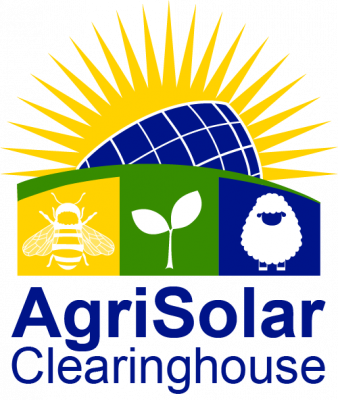Agrivoltaic systems emerge as a promising solution to the ongoing conflict between allocating agricultural land for food production and establishing solar parks. This field experiment, conducted during the spring and summer seasons of 2023, aims to showcase barley production in a vertical agrivoltaic system compared to open-field reference conditions at Kärrbo Prästgård, near Västerås, Sweden.
This study explores the potential application of tomato fruit production within the agrivoltaic system, aiming to evaluate its contribution to food security in the context of climate change. Specifically, the study compares tomato cultivation under agrivoltaic conditions with shaded areas created by PV panels to traditional cultivation under full sunlight conditions.
The experiments primarily focus on investigating the impact of different watering conditions in both shaded areas and the full sunlight, in order to discern the differences in yield and tomato fruit quality.
This review examines three key agrivoltaic setups—static tilted, full-sun tracking, and agronomic tracking—dissecting their engineering features’ roles in optimizing both the electricity yield and the fruit productivity of some fruit crops.
This work aimed to study the yield and nutritional characteristics, as well as feeding value for ruminants of Durum wheat biomass grown under an agrivoltaic system.
This study examines the berry crop group more in detail through a meta-analysis of strawberry, blueberry, blackberry, and black currants, to distinguish between individual crops and assess their suitability for agrivoltaics systems.
The aim of this study was to assess the effects via carbon isotopic composition in grains, as well as the grain yield of winter wheat in an agrivoltaic system in Southwest Germany.
This paper focuses on integrating agrivoltaics systems within super-intensive olive groves in the Mediterranean region. A dual model is used to calculate the suitable transparency of PV modules, representing the area not occupied by PV cells.
This study aims to discover how lettuce and potato crops are impacted by the shade of photovoltaic (PV) panels. Four scenarios are considered, with varying parameters such as latitude, azimuth, slope, and row distance between PV modules. The results reveal a significant potential for growing potatoes under PV modules. However, lettuce faces difficulties due to its high requirement for solar intensity (PAR), making it less adaptable to shade. The findings of this study indicate that crops like potatoes, which have a lower requirement for PAR, can be successfully cultivated in conjunction with PV systems.
This paper looks at the use of photovoltaic thermal air collectors (PV-T) and integrated greenhouse drying systems. It offers insights and data to aid scientists and researchers in the creation and improvement of thermal models for combined solar systems, and presents a detailed analysis of the current state of knowledge in the field of combined solar systems. It also identifies gaps in the existing research and suggests potential avenues for future investigation.
This article presents a comparison of changes in vine growth and fruit characteristics due to the installation of solar panels in the vineyard. Researchers found that the development of vines and fruits was not significantly different, and that the post-harvest fruit showed no difference in granules, fruit discharge, sugar content, or pericarp color.
